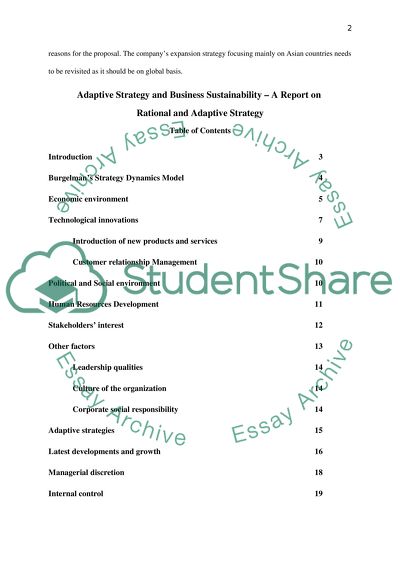Cite this document
(“Adaptive Strategy and Business Sustainability Essay”, n.d.)
Adaptive Strategy and Business Sustainability Essay. Retrieved from https://studentshare.org/finance-accounting/1402179-adaptive-strategy-and-business-sustainability-a
Adaptive Strategy and Business Sustainability Essay. Retrieved from https://studentshare.org/finance-accounting/1402179-adaptive-strategy-and-business-sustainability-a
(Adaptive Strategy and Business Sustainability Essay)
Adaptive Strategy and Business Sustainability Essay. https://studentshare.org/finance-accounting/1402179-adaptive-strategy-and-business-sustainability-a.
Adaptive Strategy and Business Sustainability Essay. https://studentshare.org/finance-accounting/1402179-adaptive-strategy-and-business-sustainability-a.
“Adaptive Strategy and Business Sustainability Essay”, n.d. https://studentshare.org/finance-accounting/1402179-adaptive-strategy-and-business-sustainability-a.


